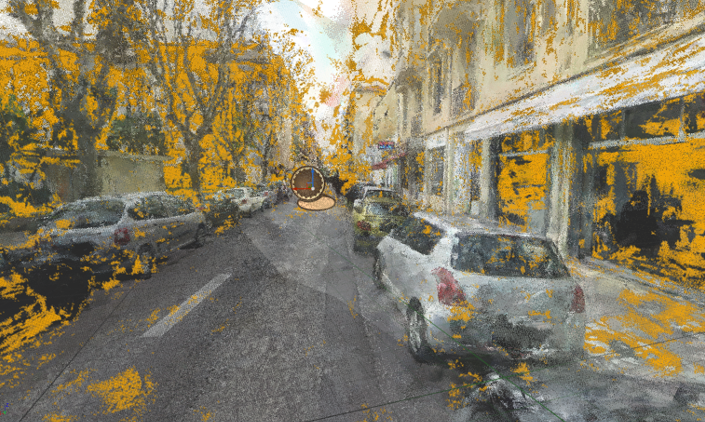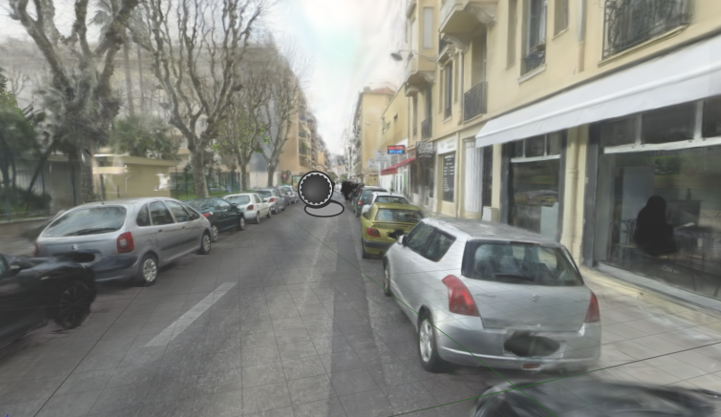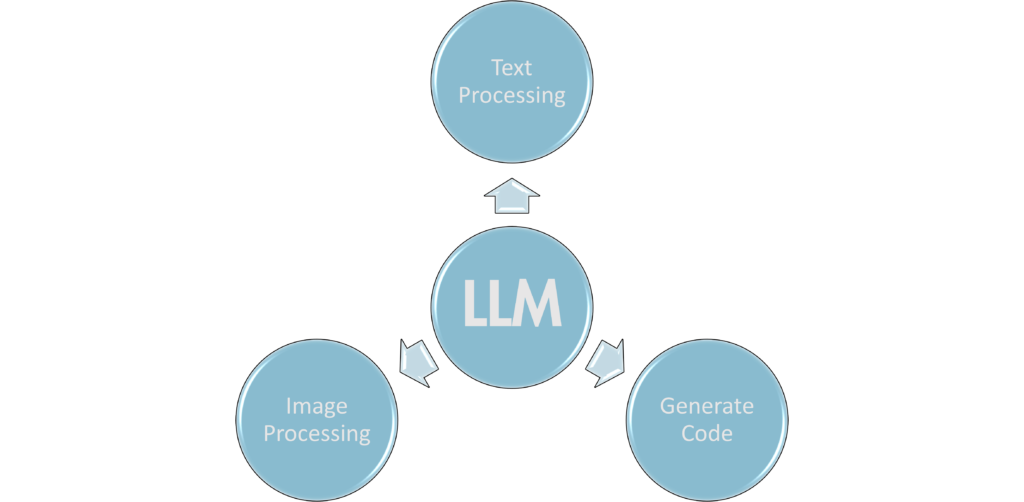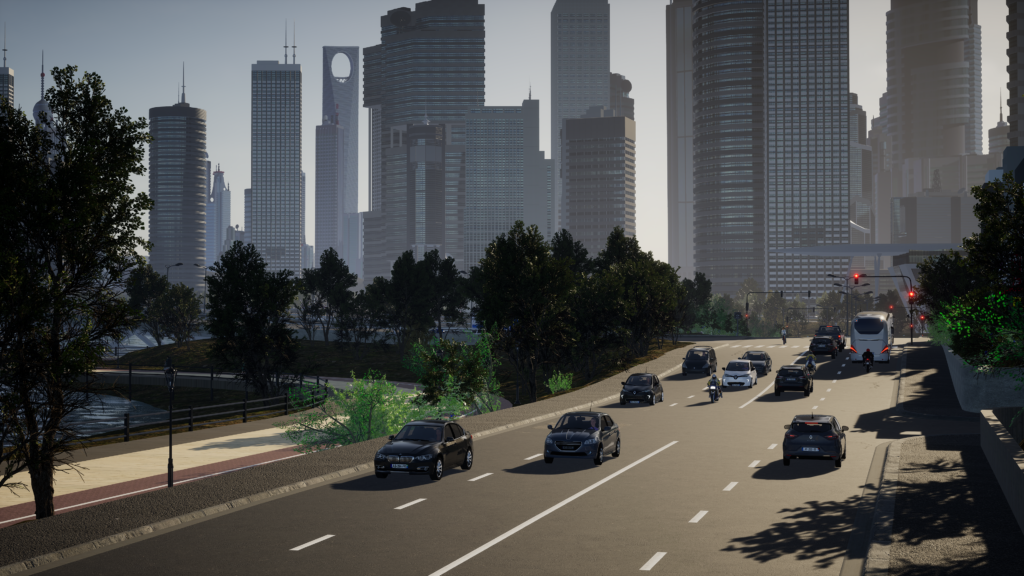In the rapidly evolving world of automotive technology, simulation has become an indispensable tool for testing and validating complex systems. As vehicles become more software-defined, the need for highly realistic scenarios and environments in simulations has grown. This is where Artificial Intelligence (AI) steps in, offering solutions that not only speed up the time to market but also reduce the workload of engineers and improve realism. In this article, we explore how AI is transforming automotive simulation and why it is crucial for the future of the industry.
The Importance of Simulation in Automotive Development
Simulation plays a critical role in the development phase of automobiles. It helps reduce costs, time, and energy by allowing engineers to test and validate systems in a virtual environment. With the increasing complexity of automotive systems, the need for more representative and accurate simulations has become evident. Traditional methods of creating 3D environments and scenarios are time-consuming, labor-intensive and often lack of details and diversity. This is where AI technologies come into play, offering innovative solutions to streamline these processes.
AI-Powered 3D Environment Generation
Creating a realistic 3D environment for simulations is a challenging task that requires significant time and effort. Traditional methods involve data acquisition, modeling, texturing, and rendering, which can take days or even weeks. To streamline this process, SCANeR new feature of procedural generation can be used to automatically create virtual environments using algorithms that generate buildings and layouts based on predefined rules. This approach simplifies the creation of complex scenes by automating the creation and placement of objects as well as terrain generation, making simulation environment building more efficient and scalable while ensuring diversity an realism

At a more advanced level, AI technologies such as Neural Radiance Fields (NeRF) and 3D Gaussian Splatting (3DGS) have revolutionized scene reconstruction, significantly reducing the time and effort required. NeRF leverages neural networks to synthesize photorealistic views from 2D images or videos, while 3DGS employs point-based rendering with Gaussian functions to achieve highly detailed, real-time renderings.
3DGS, in particular, offers several advantages. It provides a fixed representation of the scene once training is complete, allowing for faster rendering and higher frame rates. By using AI-powered 3D environment generation methods, engineers can quickly generate realistic virtual environments, enhancing the fidelity of simulations.


Automated Scenario Generation with AI
The creation of simulation scenarios is another area where AI can make a significant impact. With the implementation of Massive Simulation, automotive manufacturers can execute thousands or even millions of scenarios simultaneously. However, creating each individual scenario manually is time-consuming and as complexity and new cases increase, time spent creating these scenarios also increase. AI models, such as Large Language Models (LLMs), can automate this process by translating user descriptions into detailed simulation scenarios.

LLMs can automatically create sophisticated and varied test scenario from brief written instructions, eliminating the need for engineers to delve into each individual script component. This automation not only saves time but also ensures that test plans cover a wide range of use cases and situations. By leveraging AI for scenario generation, automotive manufacturers can create more comprehensive and realistic simulations.
Realistic Surrogate Models with AI
Incorporating real on-board data into simulations is essential for ensuring accuracy and realism in testing and validation. However, handling large and complex datasets can be challenging. AI models, such as Long Short-Term Memory (LSTM) networks, Recurrent Neural Networks (RNNs), and Convolutional Neural Networks (CNNs), allow to forecast realistic data, paving the way for new approaches in generating realistic sensor data.
By training on large datasets of real-world sensor recordings, LSTM models can ensure the production of normal operating patterns while including subtle noise due to sensor performances ensuring that simulations accurately reflect real-world conditions. This capability is crucial for validating and testing automotive systems, as it allows for more reliable and representative simulations.

Beyond realistic sensor data, ensuring an accurate and dynamic traffic model is crucial for achieving truly immersive and reliable simulations. SCANeR’s road traffic model is designed to simulate and model the behavior of vehicles on the road using an artificial intelligence technique called a multi-agent system. This rule-based approach allows for the creation of representative traffic scenarios by simulating individual vehicle behaviors and interactions, leading to realistic traffic flow patterns.

To further enhance this model, we are exploring how AI can improve our road traffic simulations by leveraging real-world traffic data. By integrating real traffic flow patterns, AI-driven models could refine the behavior of simulated vehicles, making road traffic scenarios even more representative of actual driving conditions.
The Future of AI in Automotive Simulation
As AI technologies continue to evolve, their integration into automotive simulation will become even more sophisticated. The convergence of AI and simulation is reshaping the product development cycle, enabling rapid digital prototyping and more efficient testing. This transformation allows companies to identify design flaws earlier, explore alternative designs, and ultimately bring products to market faster.
However, systematic evaluation and continuous benchmarking are essential to ensure the accuracy, precision, and realism of AI models. As new models emerge, it is crucial to assess their performance and adapt simulation strategies accordingly. The ongoing advancements in AI offer unprecedented opportunities to enhance the fidelity of simulations and improve the overall development process.
Conclusion
AI is revolutionizing the field of automotive simulation by offering innovative solutions for generating 3D environments, automating scenario creation, and creating realistic surrogate models. These advancements and their integration in simulation software such as SCANeR will not only reduce the workload of engineers but also enhance the realism and accuracy of simulations. As the automotive industry continues to evolve, the integration of AI into simulation will play a crucial role in driving innovation and efficiency.
If you’re interested in learning more about how AI can transform your automotive simulations, don’t hesitate to contact us. Our team of experts is ready to help you leverage the power of AI to enhance your development processes and achieve your goals.







